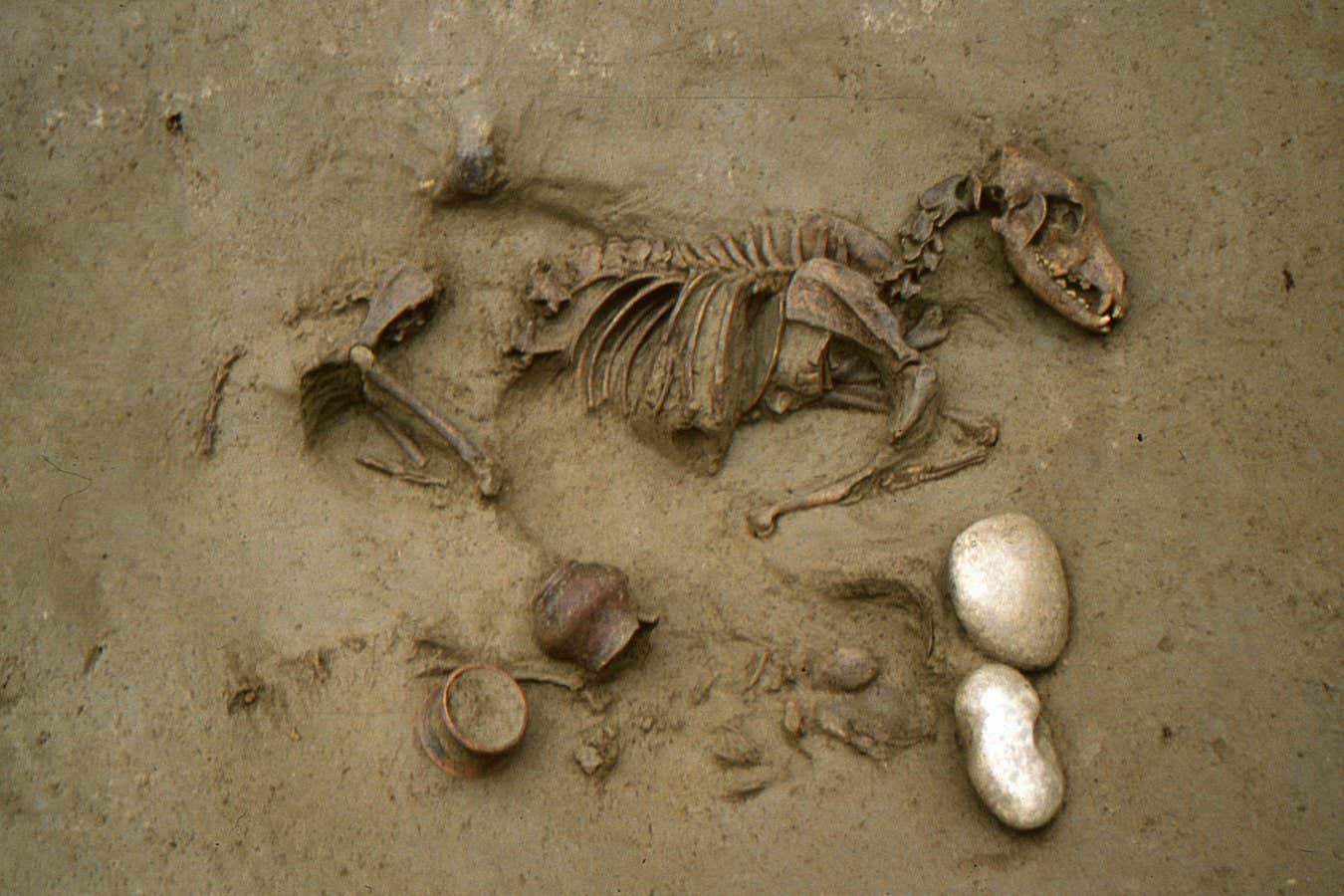A 2200-year-old burial ground in northern Italy includes people interred with dogs and horses, perhaps showing they had strong bonds with their animals
By Christa Lesté-Lasserre
14 February 2024
Remains of a dog and a baby girl laid to rest at Seminario Vescovile near Verona, Italy
Laffranchi et al. (CC-BY 4.0)
Late Iron Age people in northern Italy were sometimes buried with their dogs or horses – possibly just because they loved them.
Read more
How the secrets of ancient cuneiform texts are being revealed by AI
Archaeologists have often suspected that the ancient, worldwide custom of including animals in human graves was associated with higher socioeconomic status, beliefs about the afterlife or traditions in certain families. But after thorough investigation, researchers are now starting to wonder whether such “co-burials” were simply an expression of love to a devoted non-human family member, says Marco Milella at the University of Bern in Switzerland.
Advertisement
He and his colleagues revisited the bones excavated from the 2200-year-old Seminario Vescovile burial ground just east of Verona in Italy, where the Cenomani people lived in metal-making communities before and during the Roman conquest.
Most of the 161 graves found at the site contained just the remains of a person, but 16 also included animals, either whole or in parts. Of those, 12 were pork or beef products, apparently meant as food offerings to the deceased, says Zita Laffranchi, also at the University of Bern.
The other four people, however, were buried with dogs or horses or both of these animals, which weren’t used for food in that population. They included a middle-aged man with a small dog, a young man with parts of a horse, a 9-month-old baby girl side-by-side with a dog and – most unexpectedly – a middle-aged woman with a pony laid on top of her and a dog’s head above her own.
